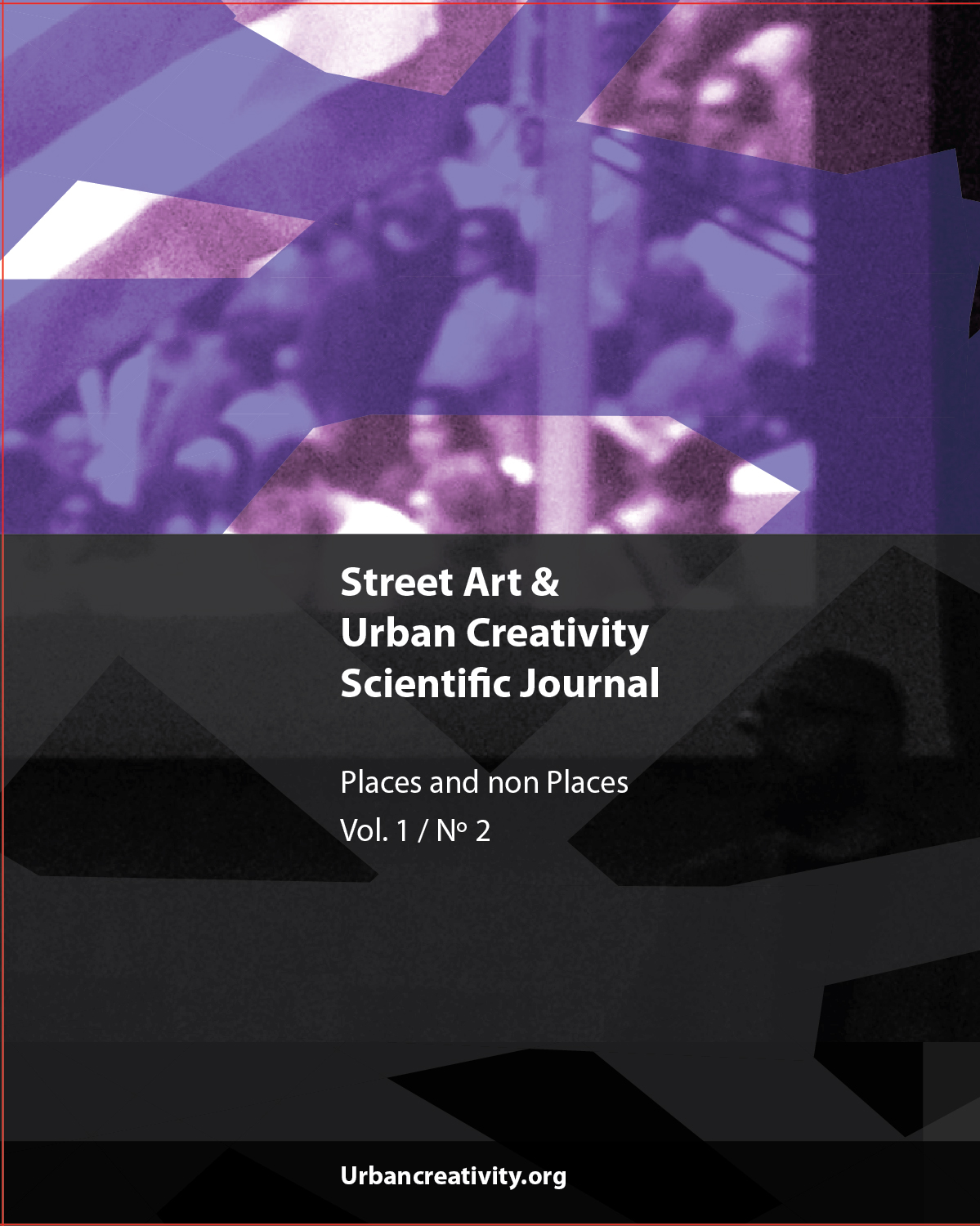Modes of Spatial Exploration in Berlin:
Collaborating with Knut Eckstein on Subverting the City
DOI:
https://doi.org/10.25765/sauc.v1i2.35Keywords:
Berlin, Subversive space, Dérive, Spatialization, Art and architecture, Postwar modernismAbstract
This article primarily investigates the city of Berlin on two levels: as a totalizing vision in which a specific perspective of urban space is imagined and built into the city and as a layered and disparate space in which urban objects are catalysts for associative narratives for rethinking the urban environment. It concentrates on two primary areas of Berlin: the Kulturforum and Bebelplatz. Looking to a creative experience of the city, the author collaborates with the artist Knut Eckstein to explore the idea of subversive space based on a performative transgression of barriers in architecture.
Downloads
Global Statistics ℹ️
|
147
Views
|
112
Downloads
|
|
259
Total
|
|
Downloads
Published
How to Cite
Issue
Section
License
Copyright (c) 2015 Street Art & Urban Creativity

This work is licensed under a Creative Commons Attribution-NoDerivatives 4.0 International License.
Those authors who publish in this journal accept the following terms:
-
Authors retain copyright.
-
Authors transfer to the journal the right of first publication. The journal also owns the publishing rights.
-
All published contents are governed by an Attribution-NoDerivatives 4.0 International License.
Access the informative version and legal text of the license. By virtue of this, third parties are allowed to use what is published as long as they mention the authorship of the work and the first publication in this journal. If you transform the material, you may not distribute the modified work. -
Authors may make other independent and additional contractual arrangements for non-exclusive distribution of the version of the article published in this journal (e.g., inclusion in an institutional repository or publication in a book) as long as they clearly indicate that the work was first published in this journal.
- Authors are allowed and recommended to publish their work on the Internet (for example on institutional and personal websites), following the publication of, and referencing the journal, as this could lead to constructive exchanges and a more extensive and quick circulation of published works (see The Effect of Open Access).













